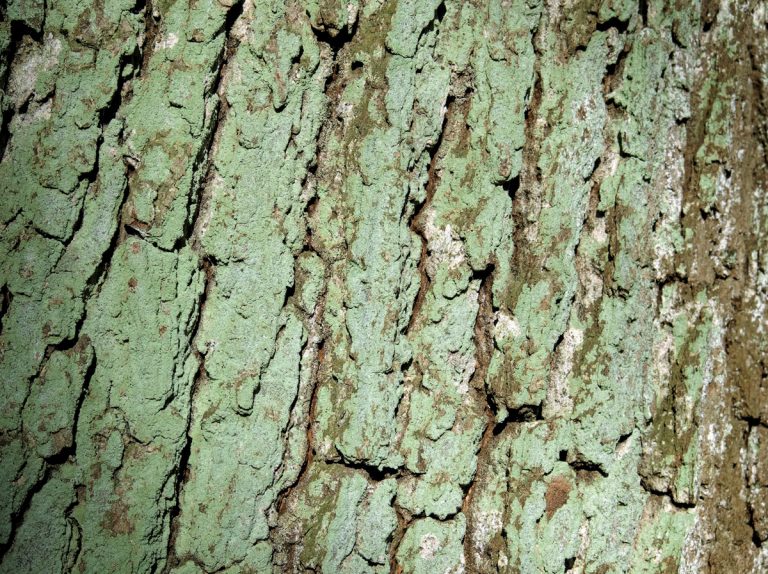Growing Avocados
The avocado (Persea Americana) belongs to the group of flowering trees and belongs to the Lauraceae family along with camphor, cinnamon and bay laurel. In the botanical sense, with a big berry with a single seed within it, the Alligator pear and are fruits. Certain cuisines use avocados as deserts.
Anatomy
The skin of the avocado is green; it has the shape of a Pear, spherical or egg-shaped with a fleshy body. For commercial purposes, you can harvest them and then keep for ripening. In order to keep a definite quality and production of fruits grafting is the best way. The trees partially self pollinate. The length of the Pear shaped fruit varies from 7cm (2.8 in) to 20 cm (7.9 in) and the weight varies between 100 gm (3.5 oz) to 1000 gm (35 oz). The seed in the center varies in length from 5 cm (2.0 inches) to 6.4 cm (2.5 inches).
Habitat
Central America and Mexico are the native habitats of the Avocado tree (Versea Americana). Commercially, avocado cultivation is rampant in Mediterranean climates, tropical regions and all over the world.
Growing At Home
Soil for Planting
The avocado prefers a soil of pH value 6 – 6.5. The roots of this tree do not grow deep; it needs good aeration and grows well when mulched with substances like woody mulch or redwood bark mulch. For every tree, keep a space of 1/3rd cubic yard and keep them 6 – 8 inches apart from each trunk.
Planting

If you intend growing Avocados, do not plant them in a lawn; they need bright sunlight and protection from frost and wind. March to June is the ideal time for planting. In summer you have the risk of damage due to sun because the tender trees cannot absorb water very well.
Watering
Avocado being a tropical fruit, watering is crucial for them. A well-developed tree requires a minimum of 150 gallons of water every week during fall, spring and summer. During the hot season, water them weekly, twice for a short time, because avocado roots are at the surface. While watering, wet the root system sufficiently and permit the surface to dry out reasonably before repeating watering. Based on the weather you can decide to water once in every two weeks.
Care
The chief nutrients required for growing avocados are potassium (NPk), phosphorus and nitrogen along with zinc in a balanced fertilizer input. Give the young tree balanced fertilizer of (1 to 2 teaspoons for each tree every year) in moderation. Repeat if necessary. Prune the trees before summer, probably February or earlier, but only after any fear of frost. Cut off the branches that droop or those that lean towards the ground.
Pest and Pesticides
Most of the issues associated with the avocado trees are environmental. There are certain trees that blossom well, but bear fruits poorly possibly because of too cool climates, though low population of bees is also a reason. A grave disease found is the hytophthora root rot. Proper drainage is a must. Purchase trees with decease-free certificates. The two chief insect problems are fruit mite and red spider mite. Anthracnose also contributes to problems.
Harvest Month and Storage

Photo by: Muhammad Mahdi Karim
Reaping depends on the variety. As soon as it matures, the fruits start falling. Reap continuously. Once the oil content is above a specified percentage, it is time for the growers to start picking. The oil content increases as long as the fruit is on the tree and you see the stem just next to the fruit becoming brown or woody in color. (They extract the oil from the Avocado fruit, and use it as a carrier medium for other flavors.) Besides, the color of the fruit becomes dark. This is the right time for picking quality avocados otherwise the fruits start dropping to the ground.
Varieties
- Anaheim
- MacarthurHall
- Daily 11
- Hass
- Shepard, Choquette, Tonnage

Having discovered a fondness for insects while pursuing her degree in Biology, Randi Jones was quite bugged to know that people usually dismissed these little creatures as “creepy-crawlies”.







